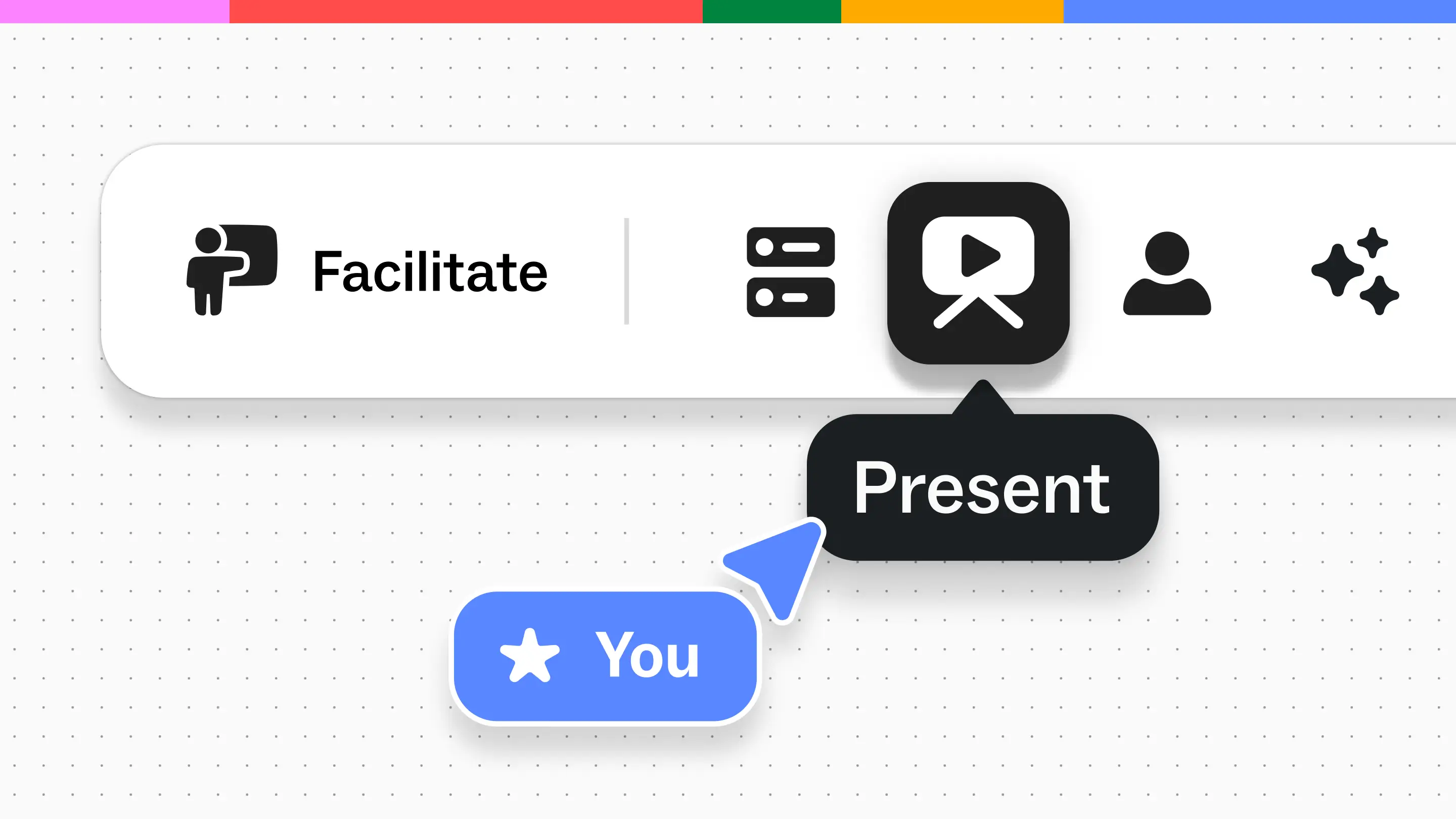Icebreakers and warm-up activities are an excellent way to start a class and encourage student engagement. While providing a natural start for the class, icebreakers can help create a relaxed and inclusive atmosphere that promotes interaction, communication, trust, and team-building among students.
In this guide, we’ll provide 10 icebreakers to ask your students and a framework for integrating icebreakers with course content to increase engagement and improve the impact of lectures.
Why use icebreakers in class?
In addition to breaking the ice and creating a definitive starting point for the class, icebreakers can be effective for fostering creativity, encouraging participation, introducing new concepts, and reflecting on takeaways from the course material.
Whether you’re running the icebreaker on the first day of class or the last, icebreakers can be beneficial in building connection and covering course material.
How to get started with icebreakers in the classroom
For earlier in the semester, we recommend simple, starter icebreakers so students can get to know each other and build a baseline level of trust and psychological safety. Once you start getting into the course material, you can start using the icebreakers as an introduction to the course content.
Start with easy and non-academic questions
Icebreakers and warm-up activities are meant to be fun and light-hearted, so it's essential to start with easy and non-academic questions. You can ask questions like "What is your favorite type of candy bar?" or "What is your favorite movie, TV show, etc.?" to get students talking and participating.
Use icebreakers as a way to dive deeper into the course content
Icebreaker questions can also be a great way to dive deeper and connect the course content. Try asking questions from the last class that encourage students to provide feedback, ask questions, and take notes that you can weave into the current class which promotes active learning, reinforce learning, and help students see the bigger picture of the course material.
5 starter icebreaker questions for students
- If you could be any animal, what animal would you be?
- What is your favorite movie genre?
- How far did you have to travel to get to class?
- Which would you rather explore: Space or Sea?
- What is your favorite breakfast food?
5 classroom icebreakers that integrate course work
- From last class, provide one fact that you thought about after you left class?
- From the last class, provide one or two lingering questions that you want to ask?
- On the mural, there are two topics present: using the icon given, moving it to the topic we need to go over before we move on.
- Add an image or gif to show how well you understand the materials.
- Write down any questions you want addressed during these 10 minutes of class.
Note: Some of these icebreakers are best run by using Mural. Learn how your can get started using Mural in the classroom.
Tips for bringing icebreakers into your class
Build a cumulative list of lecture-related questions
Using the same icebreaker workspace each week, you can build a cumulative list of lecture-related questions that can serve as a collaborative repository of answers and feedback from your students. You can use this list as a jump-off point to create retrospectives on the semester, encouraging reflection and self-assessment.
Incorporate interactive tools
Incorporating platforms like Mural can make warm-up and icebreaker activities more interactive, engaging, and inclusive. Students can share their ideas and opinions in a fun and creative way, using various multimedia tools available in the app.
Mural also makes icebreakers and warm-up activities more manageable, especially in virtual classrooms, hybrid, or hyflex environments, where it's often harder to build a sense of community.
Note: This is a great way to not only track student progress and engagement but also to provide students with a resource they can refer back to throughout the semester.
Keep the icebreakers brief
Icebreakers should be relatively quick and not take up too much class time. These activities shouldn’t be a core aspect of the class, just a complementary tool that can be called back on or used to illustrate a point. Aim for 10-15 minutes maximum to leave enough time for the main lesson.
Be flexible
Be prepared to modify the icebreaker on the spot if it's not working or if the students are struggling with it. Suggest partnering with a nearby student if it proves difficult, or change an aspect of the prompt to boost creativity.
Use icebreakers as a springboard
Use the connections made or insights gained during the icebreaker as a springboard for class discussion or activities, such as group work or case studies. If the icebreaker is created with the course content in mind, this creates a natural connection into the class material for the day’s lecture.
Conduct the icebreaker asynchronously
An asynchronous icebreaker may be a good option if there isn’t enough time to run the icebreaker at the start of class. While you may need to be mindful of what resources your students may have, running an async icebreaker can provide flexibility, better in-class pacing, and set expectations for the upcoming class.
Get more out of classroom icebreaker activities
Icebreakers and warm-up activities are an excellent way to engage students, create a consistent class kickoff ritual with students, and create an inclusive and collaborative learning environment.
Start with easy and non-academic questions at the beginning of the course, and gradually shift to using icebreakers as a way to dive deeper into the course content, and building a cumulative list of lecture-related questions, you can create a meaningful and engaging learning experience for your students.
With Mural, you can seamlessly run icebreakers to engage your students, encourage creativity, and create a shared space for collaborative learning. Learn how Mural can be your partner in bringing visual collaboration into your classroom.
{{mural-for-education="/cta-components"}}













